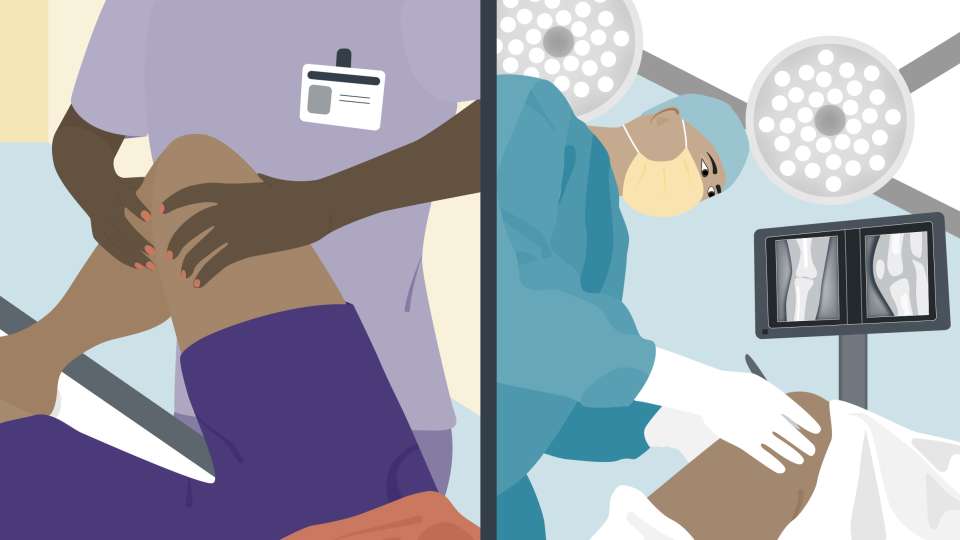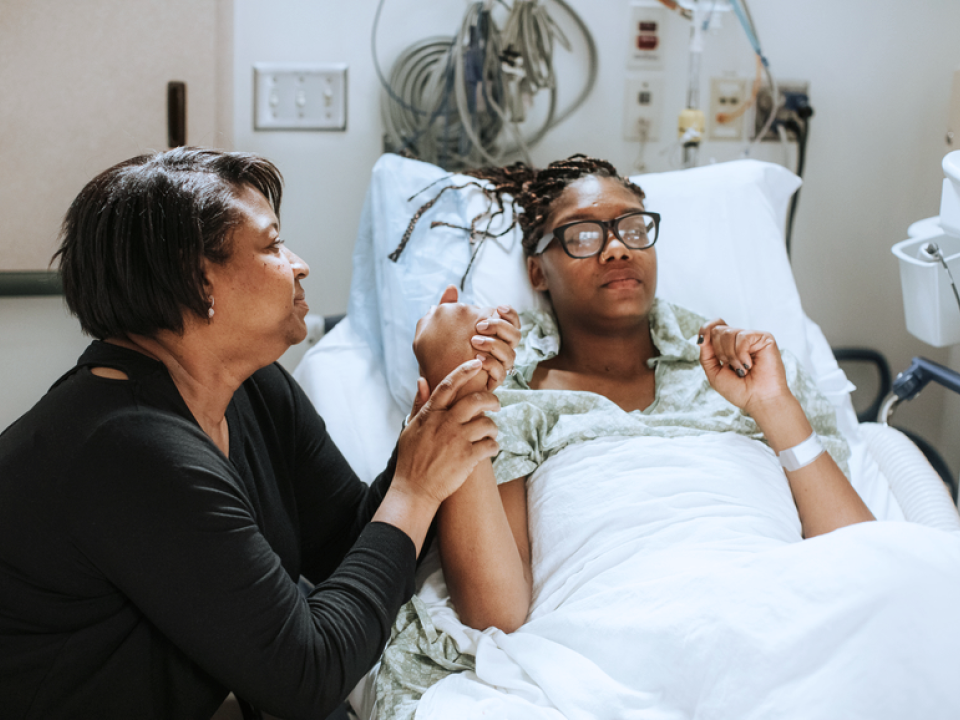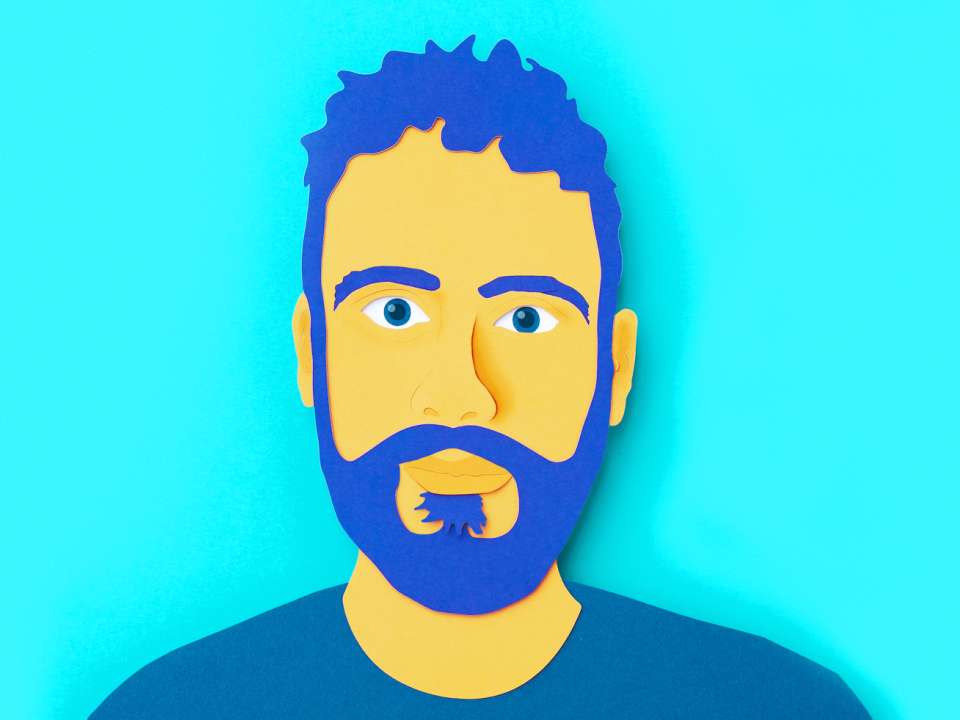
When you’re injured, all you want is to get back to feeling like yourself as quickly and painlessly as possible.
For many, surgery can seem like the quickest fix. But surgery isn't always necessary or the best option. Depending on your injury, physical therapy (PT) can be as effective with much less risk.
But does this mean you should switch to physical therapy for that persistent low back pain or recent ACL injury? (The short answer: not necessarily, and not without talking to your care team.)
Pros and cons of physical therapy
Physical therapy is a way to heal your body through movement, says Dr. Adrienne K. Kishimoto, a physical therapist at UW Medicine Advanced Manual Therapy and Sports Rehabilitation at Ballard. It involves a combination of prescribed exercises and hands-on therapy, such as soft tissue work that helps prepare your joints and tissues to move.
“I’m drawn to physical therapy because it’s a natural, noninvasive way to heal your body through prescribed exercise,” Kishimoto says. “It’s medication to the body through movement. There’s nothing added; it’s just you doing the work.”
Your therapist will prescribe a certain number of sets or reps based on your injury and whether you’re trying to build strength, increase flexibility or repair damaged tissue. They can also help you retrain and fire muscles you’ve lost access to due to underuse, soreness or injury.
Pros of physical therapy: decreased pain, increased strength and mobility and less risk of complications than surgery. It also teaches you how to change your habits and strengthen your body to prevent similar injuries in the future.
Cons of physical therapy: the cost, especially if you don’t have insurance coverage, and time, as it can take a couple weeks to months of dedicated PT for your body to heal. Kishimoto notes one drawback is that for some people, they may ultimately require surgery if their injury or pain doesn’t improve through therapy.
Pros and cons of surgery
Surgery allows doctors to see, assess and repair damaged tissue in your body. It involves cutting skin and tissue to access your wound or injury.
“What surgeons see is even more accurate than what we can see in an MRI or X-ray. They can make changes that give you relief. In some instances, it’s the biggest or only impact,” Kishimoto says.
Dr. Mia Hagen, a surgeon at the Sports Medicine Center at Husky Stadium, adds, “The best course of action depends on the type of injury. Some injuries may be better suited to surgery just off the bat.”
Hagen gives the example of a meniscus tear (when the cartilage in your knee is torn): If your meniscus is frayed, physical therapy can help you manage and overcome the injury without surgery. However, if the meniscus is torn into large flaps that get pushed into areas they shouldn’t be, surgery will be more effective helping you heal because the surgeon can remove or repair these flaps.
Pros of surgery: It is very effective at treating an injury, particularly if you previously did not respond well to other types of treatment.
Cons of surgery: include cost, post-op pain and potentially long recovery times (that likely require physical therapy) while your body heals from the procedure. Hagen says that surgery also has higher risk due to infection, wound complications, or nerve or muscle damage.
Should you choose surgery or physical therapy?
While some injuries have an obvious treatment response (say, needing emergency surgery for a broken bone that is sticking out), most cases are not as clear.
“I wish I could give you a list of all the diagnoses that go into either category, but it really doesn’t work that way. It’s on a case-by-case basis,” Kishimoto says.
Often, surgeons and physical therapists will work together to determine the best course of treatment, which can include both options. Together you may decide you want to start with physical therapy and then move to surgery if it isn’t effective, or you want to have surgery and do physical therapy to help you recover.
That said, if you’re looking for some general guidelines, Kishimoto notes physical therapy can help with musculoskeletal issues and pelvic floor issues, such as problems with urination, bowel movements and sex. And Hagen recommends starting with physical therapy for certain muscle injuries or sprains, like a low-grade sprain on your MCL ligament on the inside of your knee, or conditions like osteoarthritis.
Ultimately, the best treatment for you will be based on your injury, body and preferences — and determined with your doctor.
“These are decisions best made after consulting your medical provider,” Hagen says. “He or she can help you understand your diagnostic tests and treatment options.”

 Healthy ideas for your inbox
Healthy ideas for your inbox





